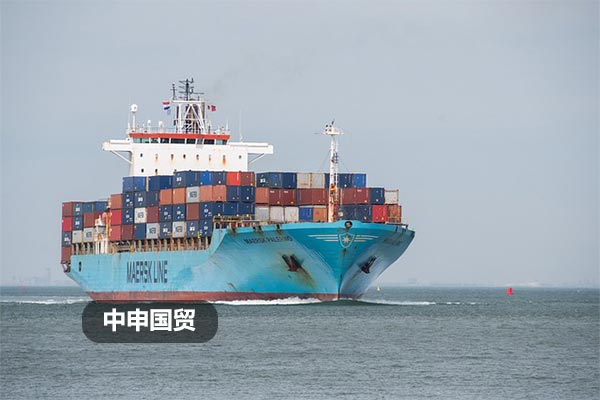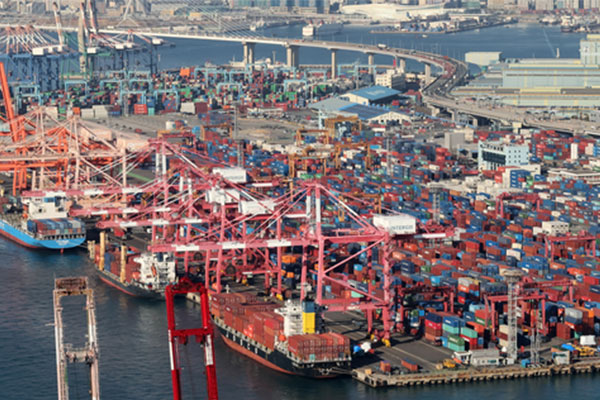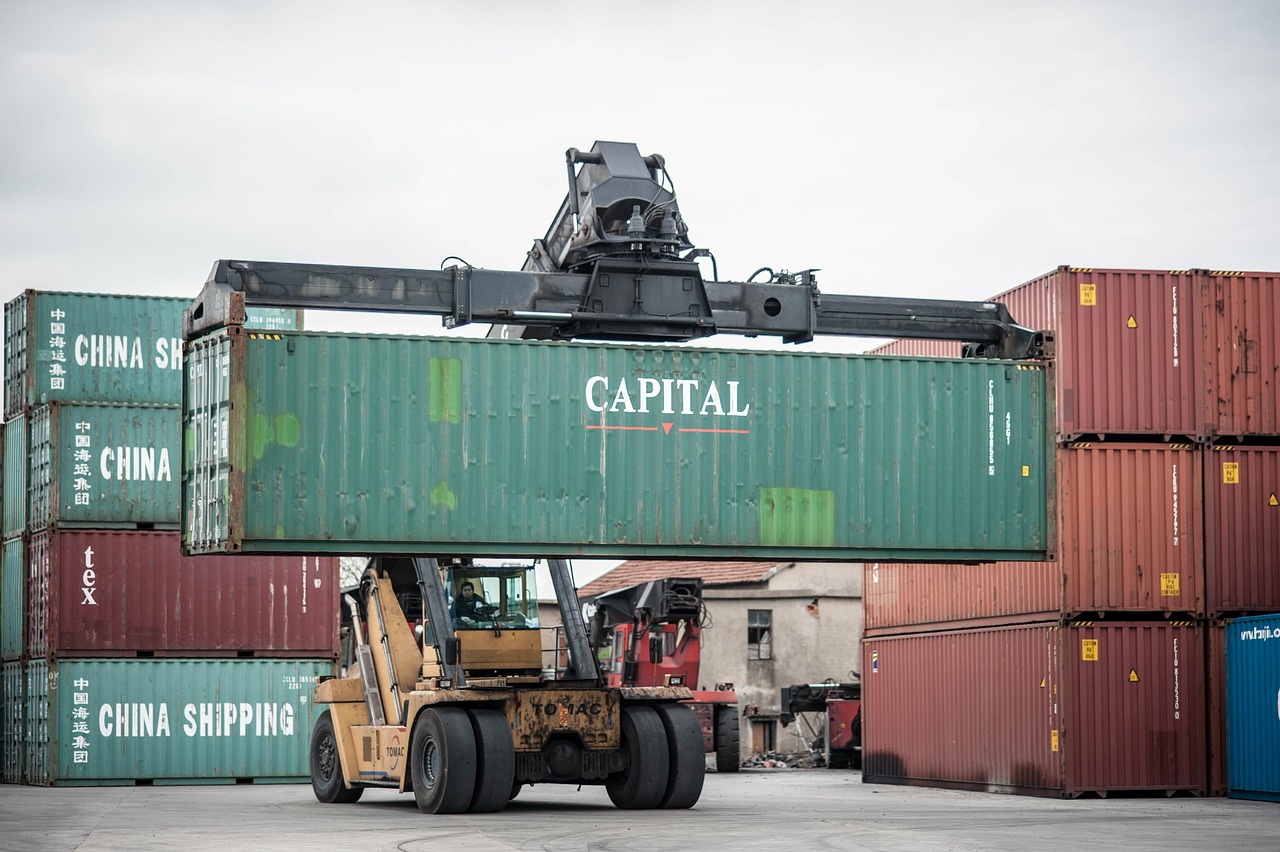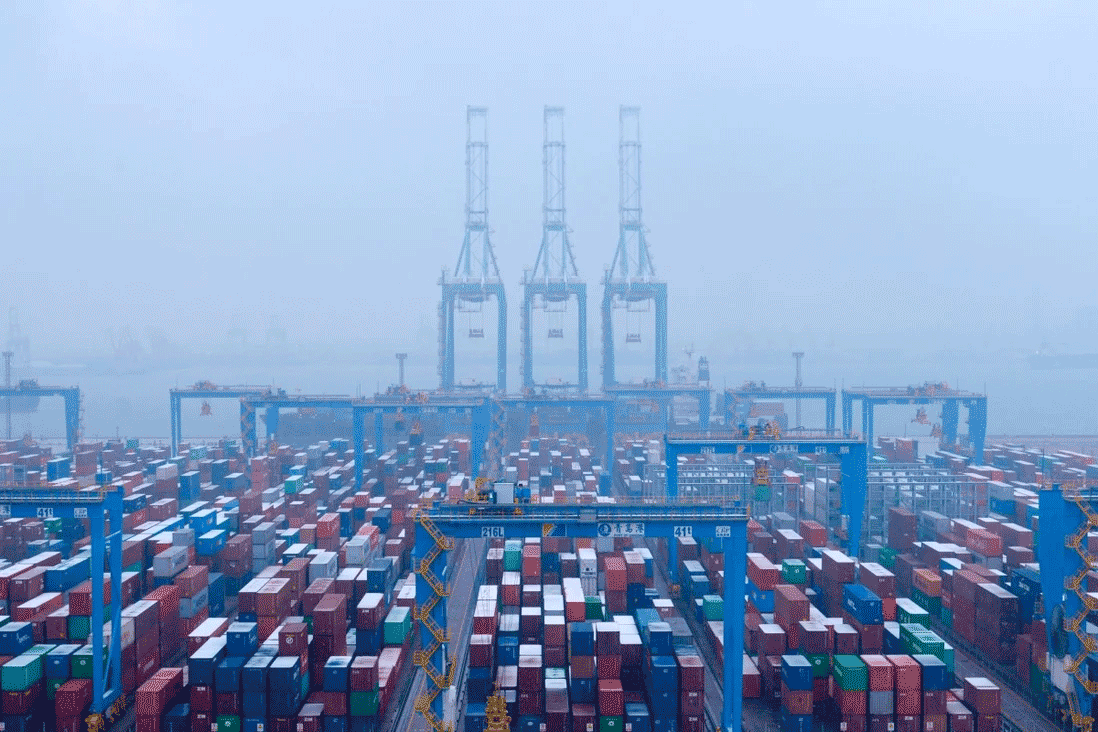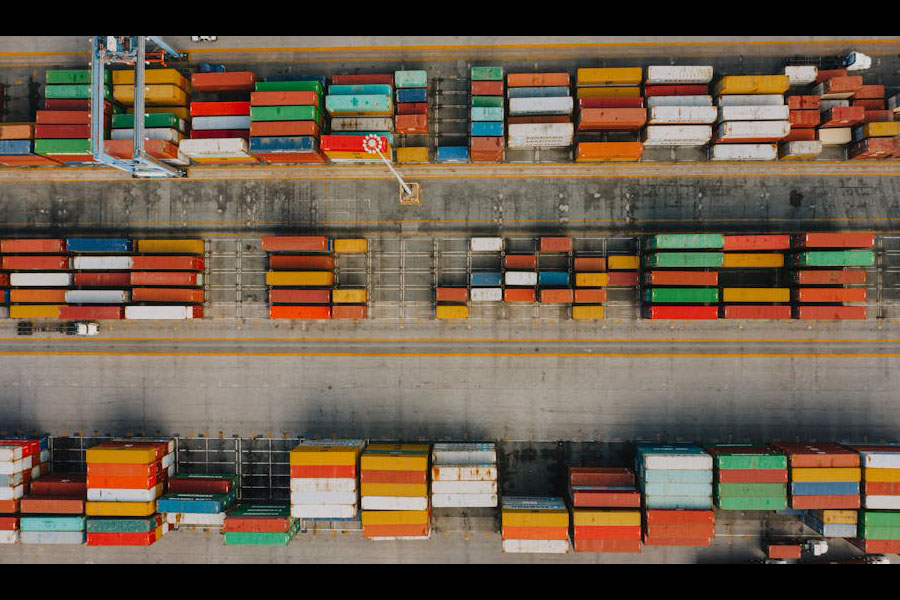- Shanghai Zhongshen International Trade Co., Ltd. - Two decades of trade agency expertise.
- Service Hotline: 139 1787 2118
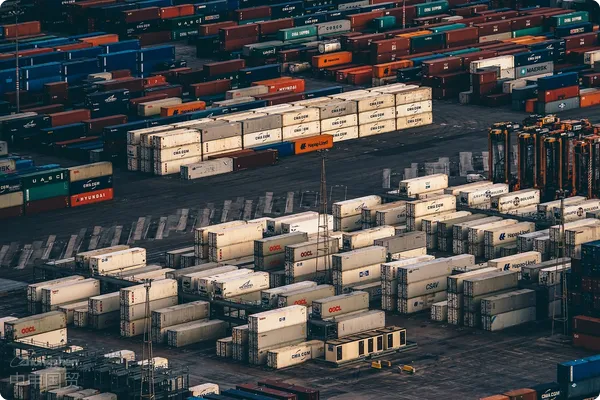
AgencyExport DrawbackDeclaration is a complex process involving multiple steps and departmental collaboration. Understanding its procedures and steps is crucial for export enterprises, especially those relying on proxy services to obtain export tax rebates. This not only helps ensure companies receive their due rebates smoothly but also guarantees compliance in international trade.
I. Preparation Phase
Collect Basic Materials
– First, the company needs to provide the agency with complete documentation related to the exported goods. This includes the export customs declaration form, which serves as a crucial certificate for the exported goods. The form records detailed information such as the name, quantity, value, export date, and mode of transportation of the goods. The agency must carefully verify the accuracy of the customs declaration form, as it is one of the core documents for tax refund claims.
– The enterprise must also provide a special VAT invoice. The special VAT invoice reflects the purchase cost of the goods and the included VAT amount. The information on the invoice must match the customs declaration, export sales contract, and other documents. For example, details such as the name of the goods, specifications, and quantity must remain consistent; otherwise, it may lead to a failure in the tax refund application.
- The export sales contract is also an indispensable document. The terms stipulated in the contract, such as the price of goods, delivery methods, and settlement methods, are of great significance in determining the authenticity of export transactions and the amount of tax refund.
Data Organization and Verification
– Upon receiving the aforementioned materials provided by the enterprise, the agency will conduct meticulous data organization. They will cross-check the data from the customs declaration forms, special VAT invoices, and export sales contracts one by one. For instance, they will verify whether the export amount on the customs declaration form matches the tax-exclusive amount on the special VAT invoice, and whether the quantities of exported goods are consistent, among other details.
- For data with discrepancies, the agency needs to communicate with the enterprise to identify the causes and make corrections. This process requires a high level of accuracy and responsibility, as even a minor error could affect the entire tax refund application outcome.
II. Declaration Phase
Enter Declaration Data
– The agency uses a specialized export tax rebate declaration system to input verified data such as customs declarations and special VAT invoices into the system. During the data entry process, all required information must be strictly filled out according to the system's specifications, including the company's basic details (e.g., taxpayer identification number, company name, customs code, etc.), detailed information about the exported goods (e.g., commodity code, export quantity, FOB price, etc.), and tax rebate-related information (e.g., rebate rate, etc.).
- After the entry is completed, the system will automatically perform preliminary logical validation. For example, it checks whether the declared tax refund rate matches the rate corresponding to the commodity code, and whether the export quantity falls within a reasonable range, etc. If any logical errors are detected, the system will prompt the agency to make corrections.
Generate Declaration Reports
- After the system verification is completed without errors, the agency can generate various export tax refund declaration reports in the declaration system, such as the "Summary of Export Goods Tax Refund Declaration" and the "Detailed List of Export Goods Tax Refund Declaration." These reports provide detailed information on the tax refund-related data of the company's exported goods and serve as crucial documents for submission to the tax authorities.
– The agency needs to carefully review the generated reports to ensure the data in the reports is accurate and consistent with the previously entered data and the original materials provided.
Review and Feedback Stage
Tax Authority Review
- After the agency submits the generated declaration reports and relevant materials to the tax authorities, the tax authorities will conduct a rigorous review of the declared contents. Tax auditors will verify the authenticity and completeness of documents such as customs declarations, special VAT invoices, and export sales contracts, as well as the accuracy of the declared data.
– The tax authorities may conduct a written inquiry regarding questionable declarations. A written inquiry refers to sending an official letter to the tax authorities in the location of the supplier of the exported goods to verify details such as the production and sales of the goods. This process may take some time, and the agency needs to promptly cooperate with the tax authorities by providing any required supplementary materials.
Feedback and Adjustments
– If the tax authorities identify issues during the review process, such as incomplete documentation or inconsistent data, they will provide feedback to the agency. Upon receiving the feedback, the agency must promptly make adjustments in accordance with the tax authorities' requirements.
– For example, if the review fails due to an error in the information filled out on the customs declaration form, the agency needs to communicate with the company and apply to customs for a correction of the declaration form, then proceed with re-submission.
Tax Refund Stage
Determining the Refund Amount
- Once the tax authorities have reviewed and approved the application, they will determine the tax refund amount for the enterprise based on the declared content. The calculation of the refund amount is based on factors such as the FOB price of the exported goods and the refund rate. The agency needs to carefully verify whether the tax refund amount determined by the tax authorities is correct. If there are any questions, they can communicate with the tax authorities.
Receiving the Refund
- Finally, the tax authority will disburse the tax refund to the company's bank account. The agency needs to monitor the receipt of the refund and promptly notify the company. Upon receiving the refund, the company can utilize the funds for business operations, expansion of production, and other purposes.
Conclusion
The agency export tax refund declaration process is rigorous and complex. Agencies play a crucial role by accurately organizing data, handling declarations, and actively cooperating with reviews to help companies successfully obtain export tax refunds. Companies must also prioritize collaboration with agencies by providing accurate and complete documents to ensure a smooth declaration process. As international trade and tax policies continue to evolve, the export tax refund declaration process must also adapt and optimize to meet new requirements.
Related Recommendations
? 2025. All Rights Reserved. Shanghai ICP No. 2023007705-2  PSB Record: Shanghai No.31011502009912
PSB Record: Shanghai No.31011502009912
